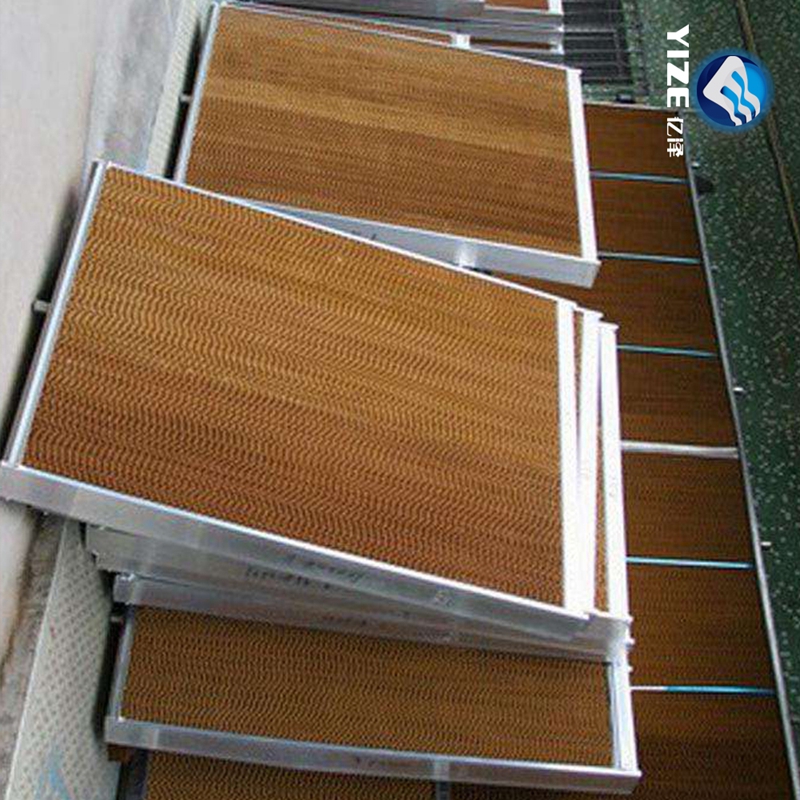commercial vacuum packaging machine
Nov . 16, 2024 19:31 Back to list
commercial vacuum packaging machine
The Benefits and Features of Commercial Vacuum Packaging Machines
In today’s fast-paced food industry, maintaining freshness and extending the shelf life of products is paramount. Enter the commercial vacuum packaging machine, a vital tool used by restaurants, delis, grocery stores, and manufacturers across the globe. Designed to remove air from packaging, these machines offer numerous benefits that streamline operations and improve product quality.
Understanding Vacuum Packaging
Vacuum packaging involves sealing food products in airtight bags or containers, thereby removing air that can contribute to spoilage. This technique is widely utilized in preserving perishable items such as meats, cheeses, vegetables, and prepared meals. The process significantly delays oxidation, which is responsible for food spoilage, reduces moisture loss, and protects against harmful bacteria. By ensuring a vacuum seal, businesses can maintain the freshness, flavor, and nutritional value of their products for extended periods.
Features of Commercial Vacuum Packaging Machines
Commercial vacuum packaging machines come equipped with various features tailored for different industries and needs. Key features include
1. High Efficiency These machines can package large quantities of items quickly and consistently. High-speed models minimize downtime, allowing businesses to increase production rates efficiently.
2. Versatile Applications Beyond food packaging, these machines are also employed across various sectors, including pharmaceuticals, electronics, and manufacturing, for products that require moisture control and protection from contamination.
3. Durability Built to withstand heavy usage, commercial vacuum packaging machines are often constructed from stainless steel, ensuring longevity and ease of cleaning.
4. Programmable Settings Many models come with programmable functions that allow operators to set different vacuum levels and sealing times, catering to various types of products and bag materials. This flexibility is essential for businesses that handle diverse inventory.
commercial vacuum packaging machine

5. Gas Flush Capabilities Higher-end vacuum sealers are equipped with gas flush options. This feature replaces oxygen inside the package with inert gases, further extending shelf life and preserving flavor and texture for sensitive items like snacks or delicate cheeses.
6. Compact and Wall-Mounted Options As space can often be a premium in commercial kitchens and production areas, manufacturers offer compact models that maintain performance without taking up excessive room.
Benefits of Using Vacuum Packaging Machines
1. Extended Shelf Life Vacuum-sealed products can last significantly longer than those packed using traditional methods. For instance, vacuum food storage can extend the lifespan of meats from days to weeks, and even frozen foods can last months longer without freezer burn.
2. Reduced Waste By prolonging shelf life, businesses can reduce food waste significantly. This not only contributes to cost savings but also supports sustainability efforts by minimizing discarded goods.
3. Improved Food Safety Vacuum packaging reduces the risk of contamination from air, bacteria, and other pathogens. This enhanced safety can help meet health regulations and improve customer confidence.
4. Cost-Effective Storage Vacuum-sealed products take up less space, allowing for denser storage in refrigerators and freezers, ultimately leading to more efficient use of valuable inventory space.
5. Enhanced Presentation Vacuum packaging can improve the visual appeal of products. A clean, professional package can be more appealing to customers, leading to increased sales.
Conclusion
Commercial vacuum packaging machines represent a significant advancement in food preservation technology. Their ability to enhance product shelf life, reduce waste, and maintain food safety not only benefits businesses but also supports customer satisfaction. With various models and features available, investing in a commercial vacuum packaging machine can prove to be a strategic decision that enhances operational efficiency and product quality in a competitive market. By embracing this technology, businesses can secure their place at the forefront of the food industry while promoting sustainability and consumer safety.
-
Hot Sale 24 & 18 Door Rabbit Cages - Premium Breeding Solutions
NewsJul.25,2025
-
Automatic Feeding Line System Pan Feeder Nipple Drinker - Anping County Yize Metal Products Co., Ltd.
NewsJul.21,2025
-
Automatic Feeding Line System Pan Feeder Nipple Drinker - Anping County Yize Metal Products Co., Ltd.
NewsJul.21,2025
-
Automatic Feeding Line System - Anping Yize | Precision & Nipple
NewsJul.21,2025
-
Automatic Feeding Line System - Anping Yize | Precision & Nipple
NewsJul.21,2025
-
Automatic Feeding Line System-Anping County Yize Metal Products Co., Ltd.|Efficient Feed Distribution&Customized Animal Farming Solutions
NewsJul.21,2025






